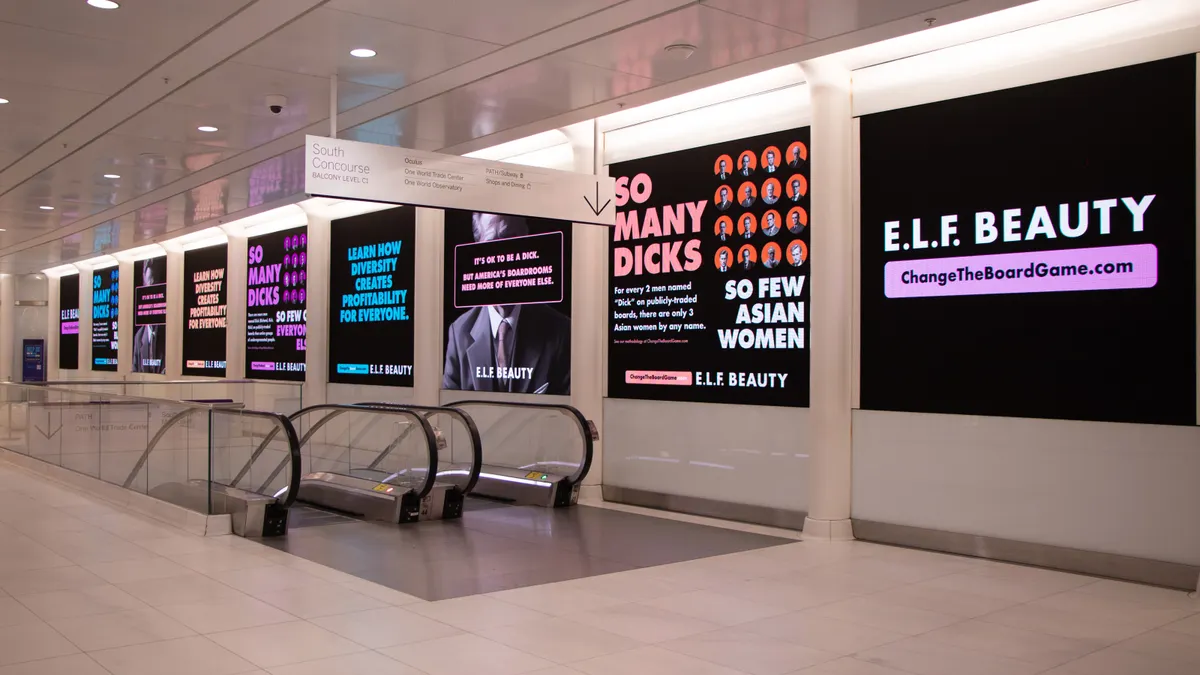Brief:
- Niantic, creator of the hit augmented reality (AR) game "Pokémon Go," is working with telecommunications companies to create high-quality AR experiences for mobile users worldwide. Its Planet-Scale AR Alliance will provide 5G-ready AR content to mobile carriers and work to set a standard for innovation, per an announcement.
- Verizon, Deutsche Telekom, EE, Globe, Orange, SK Telecton, Softbank and Telus are the first telecommunications companies to join the alliance, giving it broad reach in North America, Europe, Asia and Australia. Niantic seeks to showcase AR experiences that are optimized for 5G networks, which can reach download speeds that are 10 times faster than 4G, per Niantic.
- Niantic has mapped more than 7 million locations worldwide to support AR experiences, while its apps have been downloaded more than 1 billion times. Makers of mobile devices and AR wearables are welcome to join the alliance, per the announcement.
Insight:
Niantic's formation of an alliance of telecommunications companies from around the world is its latest effort to urge the development of high-speed 5G networks that let mobile marketers deliver richer AR experiences to consumers. The software developer has pioneered location-based AR gaming with "Pokémon Go" and "Ingress," which urge people to explore their physical surroundings while interacting with computer-generated content. Location-based AR has a variety of marketing applications, including more immersive advertising and the possibility of creating digital signage that helps to drive foot traffic to stores, restaurants and other services.
For cellular carriers and makers of mobile devices, improved AR experiences can be a key selling point as they expand the next-generation service to more regions. While many people are stuck at home during the coronavirus pandemic, making them more dependent on WiFi connections, the easing of lockdowns is allowing for the gradual resumption of commuting and travel. Offering higher-speed smartphones and cellular connections that provide a greater variety of AR experiences can support consumer adoption of 5G service.
As more device makers introduce AR headsets, they'll want to showcase more vivid AR experiences that give consumers greater incentive to buy the next generation of connected wearables. Shipments of AR headsets are forecast to surge from less 1 million units this year to 41 million by 2024 as more of the devices reach the market, researcher International Data Corp. (IDC) estimated in March. It had revised its forecast because of the pandemic, but foresees strong growth in the years ahead.
Niantic has an eye toward the long-term development of location-based AR technology that outlives the pandemic. The company last year announced a plan to bring together sponsors, creators and software developers in its location-based platform, supporting the development of AR experiences that urged mobile users to explore more of the real world. CEO John Hanke described his vision as the "anti-Amazon" that inspired people to visit nearby stores instead of ordering products for delivery.
The pandemic disrupted those plans as many "non-essential" stores were ordered to shut down temporarily, while e-commerce sales surged for Amazon and traditional retailers such as Home Depot, Target and Wayfair. Niantic responded to the health crisis by revamping "Pokémon Go" for indoor play as gamers stayed closer to home. Ideally, those disruptions will be short-lived, giving the company a chance to develop location-based AR as a mobile marketing channel.












